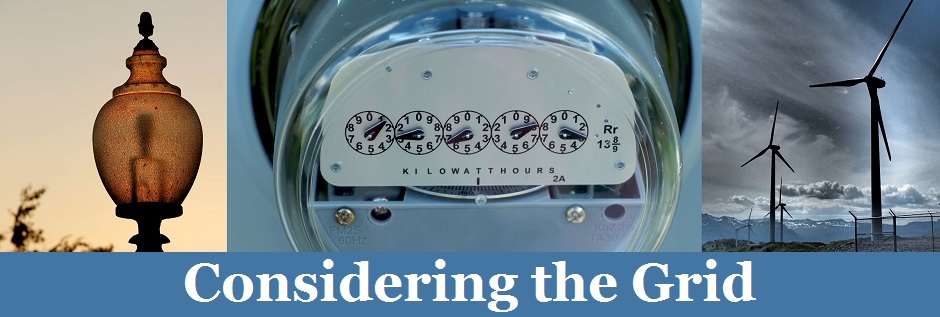As part of its State Energy Data System, the Energy Information Agency (EIA) has released consumption and prices and expenditures data on 2016 electricity retail sales. Corresponding graphs and maps were also posted on the EIA website.
The average U.S. residential electricity customer in 2016 used approximately 10,800 kilowatthours (kWh), although the amount varied significantly by region. States in the southeast had the highest levels of consumption, largely because of the higher levels of air-conditioning use and the greater likelihood of homes having electric space heating, water heating, and cooking than the national average. Hawaii, Maine, California, Vermont, and Rhode Island had the lowest levels of residential electricity sales per customer. Although these states are geographically diverse, they share generally mild climates or have high adoption levels of residential solar systems, which reduce the amount of electricity sold to households.
The EIA data also show that Hawaii has the highest residential electricity prices in the country, averaging 27.5 cents per kWh in 2016. This is over 35 percent higher than the next most expensive state, Alaska (20.3 cents per kWh). Louisiana has the lowest average residential electricity price at 9.3 cents per kWh, and the average U.S. residential electricity price in 2016 was 12.5 cents per kWh.
Although Hawaii’s prices were the highest in 2016, it ranked fifth in terms of expenditures because of its relatively lower consumption levels. South Carolina had the highest level of residential electricity customer expenditures; the average customer in South Carolina paid $1,753 in 2016. This is nearly double the amount paid by the average customer in the state with the lowest expenditures, New Mexico, who paid just $911. The national average expenditure was $1,351.
EIA data on nuclear energy and natural gas at the state level are expected to be available later this month. EIA plans to release the final data for the 2016 data cycle on June 29, 2018.

